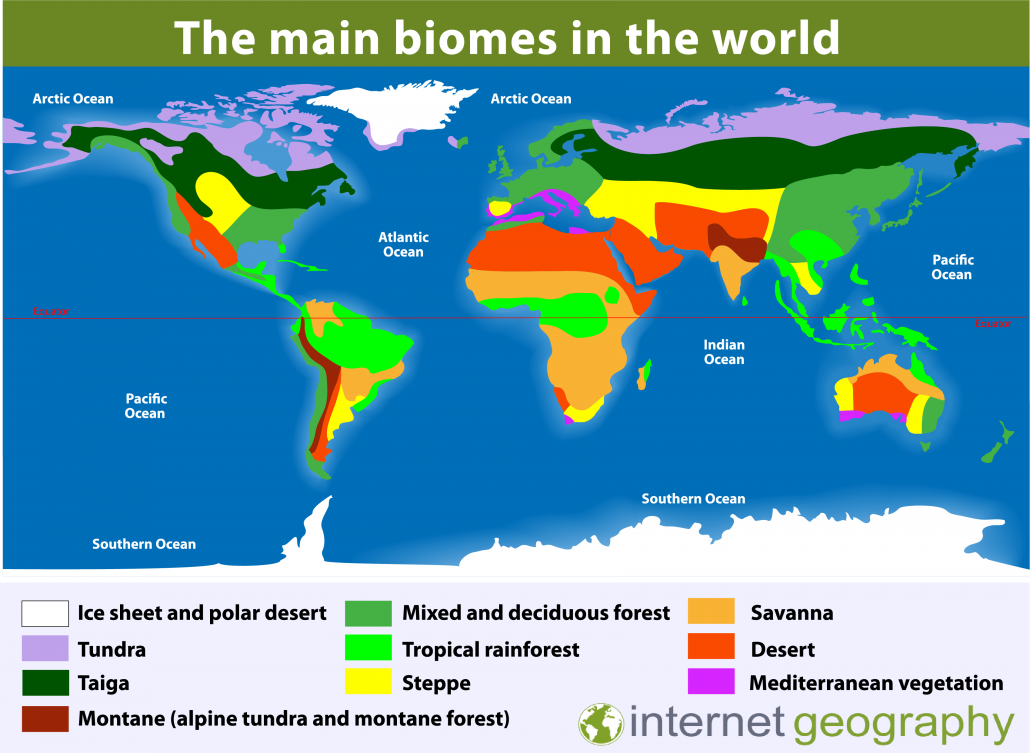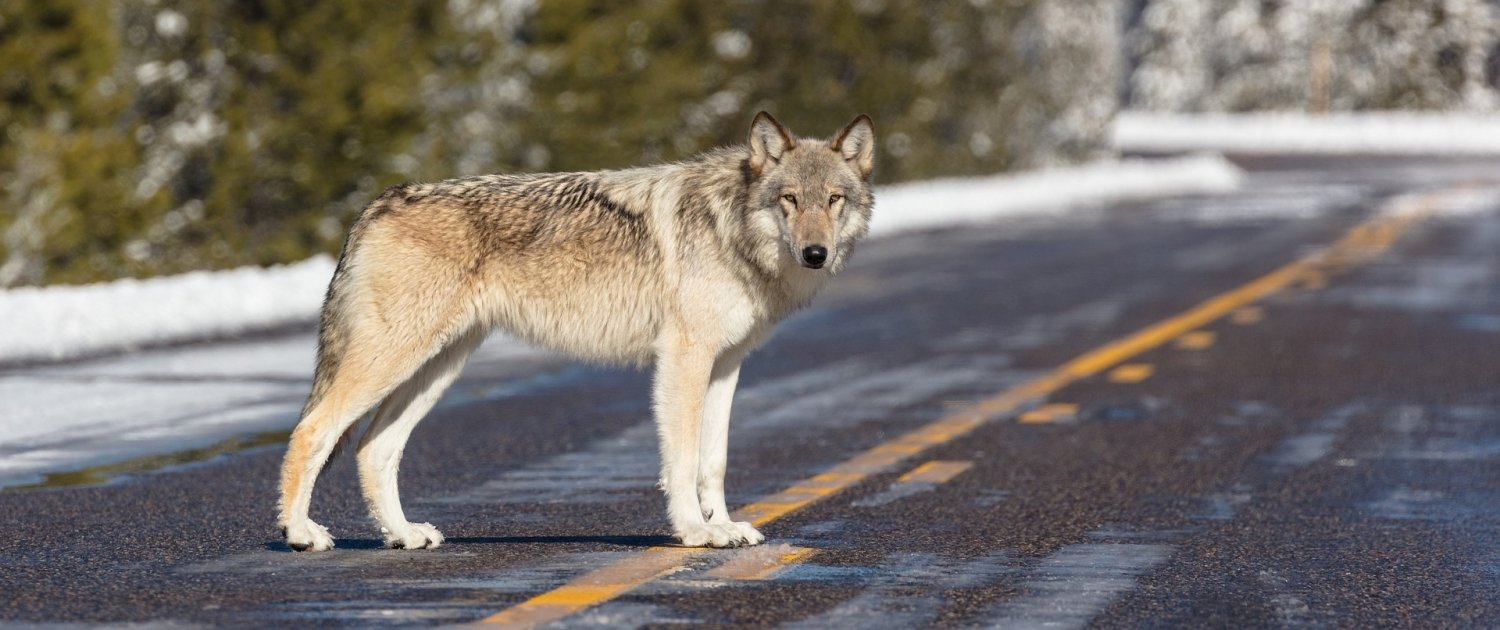Where are polar and tundra environments located?
Polar and tundra environments cover 1/4 of the Earth’s surface. Cold, sinking air creates freezing winds in these high-latitude environments. Due to their locations on, or close to, the poles, the sunlight is thin. At the most upper latitudes, the sun does not rise for several months each year.

Where are polar environments located?
Polar environments are the coldest place on Earth, located between 66.5°N (the Arctic Circle) and the North Pole and 66.5°S (the Antarctic Circle) and the South pole. Polar environments are located in Northern Russia, Greenland, and Northern Canada in the northern hemisphere and Antarctica in the southern hemisphere.
Average monthly temperatures are always below freezing, allowing snow and ice to accumulate over time. Ice sheets wholly or partially cover polar environments.
Where are tundra environments located?
Tundra environments are mainly found in the northern hemisphere between the ice-covered pole and the taiga or coniferous forests. They cover 20% of the Earth’s land surface over large areas of Russia, Northern Europe (e.g. Sweden and Norway), North America in Canada, and Alaska (USA). The southern limit of the Arctic tundra follows the northern edge of the coniferous forest belt. In North America, this line lies above latitude 60° N, while in Eurasia, most of it occurs north of 70° N except in eastern Siberia (Russia), where it extends southward to 60° N in Kamchatka.
Although tundra environments lack permanent ice cover, they experience freezing temperatures most of the year.
Beneath the active soil layer, which freezes and thaws depending on the time of year, is permafrost. Permafrost is permanently frozen soil. These soil conditions limit vegetation to low-lying shrubs and mosses.
Next, find out about the physical characteristics of cold environments.
Related Topics
Use the images below to explore related GeoTopics.



